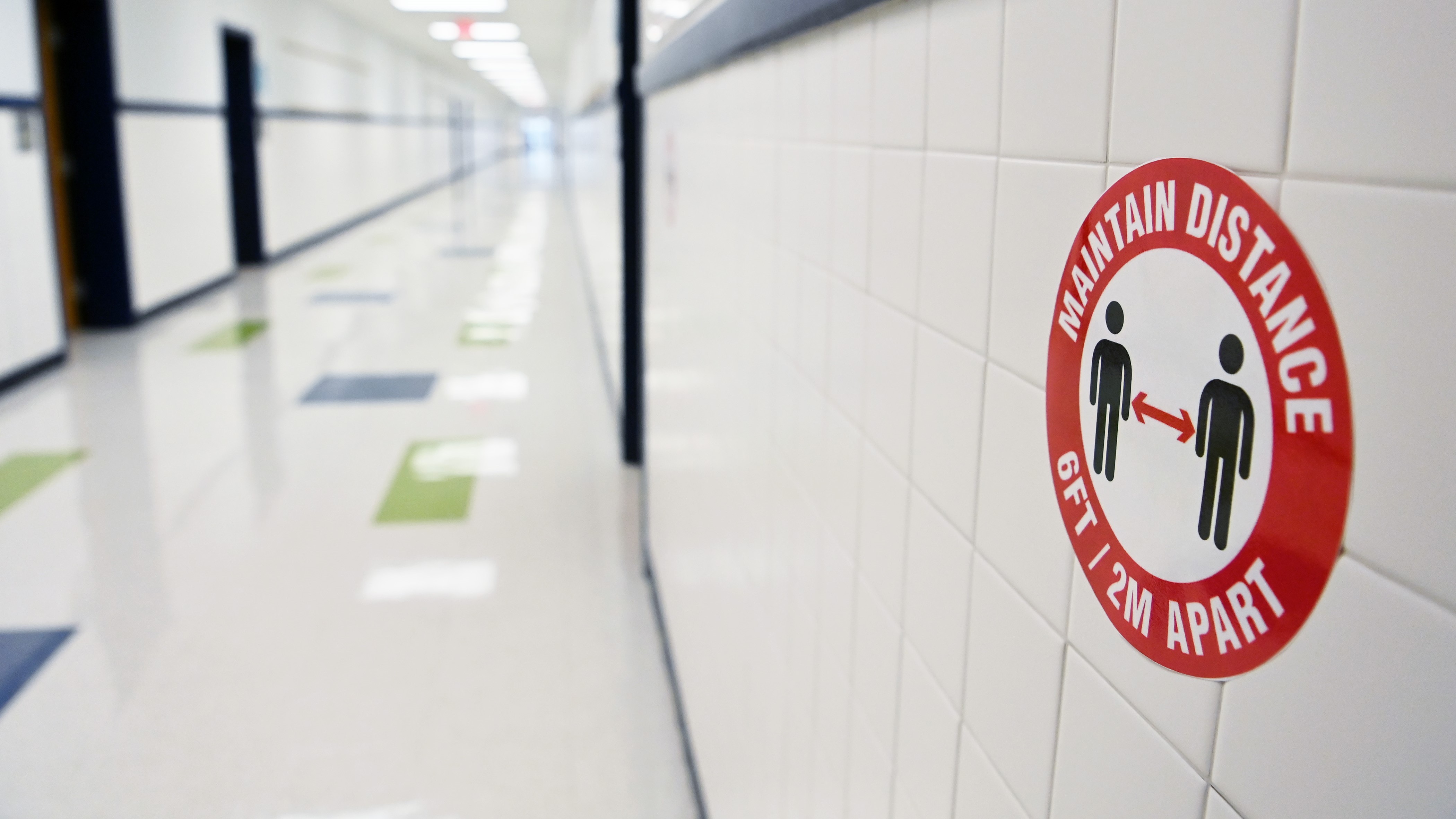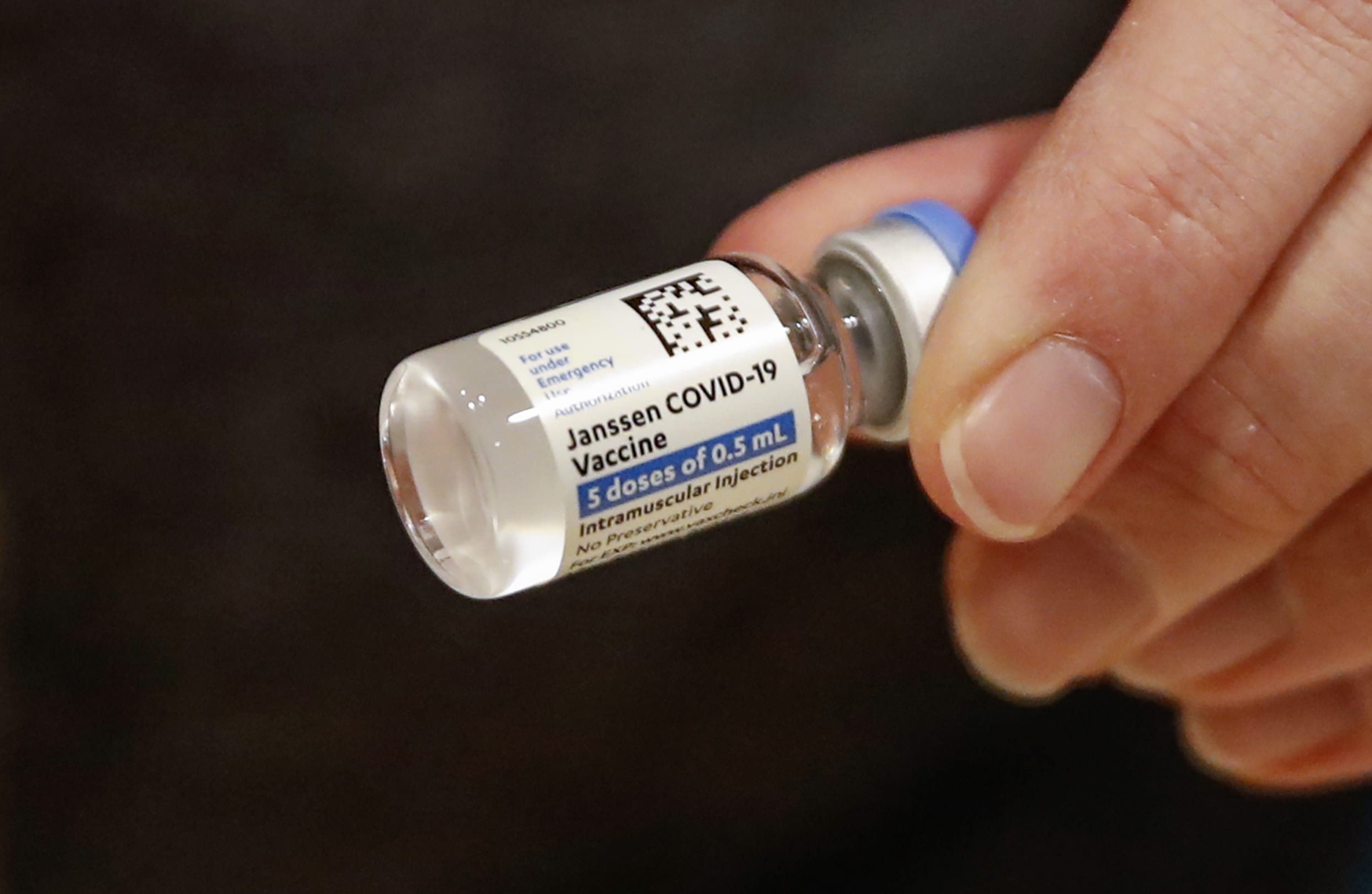As schools across Massachusetts are preparing for a full return to the classroom, a new study is looking at social distancing between students -- specifically if there's more coronavirus cases in school districts that require less physical distance between students.
The study was led by researchers at Beth Israel Deaconess Medical Center in Boston and its findings were published this week in the Journal of Clinical Infectious Diseases.
Using data from 251 school districts in Massachusetts, the study examined the social distancing policy between students in schools across the state to see if it makes a difference to keep them six feet or three feet apart.
Get Boston local news, weather forecasts, lifestyle and entertainment stories to your inbox. Sign up for NBC Boston’s newsletters.
The researchers compared the rates of COVID-19 cases in students and staff in Massachusetts public schools among districts with universal mask mandates but different physical distancing requirements.
The scientists found no significant difference in the rate of COVID-19 cases among students and staff in districts that mandated six feet of distancing versus in districts that mandated three feet of distancing.
Researchers used data from 251 school districts, encompassing more than 537,000 students and nearly 100,000 staff members who attended in-person instruction during a 16-week study period from September 2020 to January 2021.
COVID-19 Coverage in Mass. Schools
The findings are important because they suggest that lower physical distancing policies can be adopted in school settings with masking mandates without negatively impactive student or staff safety, according to lead author Polly van den Berg, MD, a fellow in the Division of Infectious Diseases at BIDMC.
“This research, which found no substantial difference in the number of cases among either students or staff in school districts that implemented a distancing policy of three versus six feet between students, is important because many school buildings have physical infrastructure that cannot accommodate six feet of distancing and bring all (or most) students back into the classroom,” van den Berg said.
“These data can be used to inform and update how infection control plans are implemented in school settings,” added corresponding author Westyn Branch-Elliman, MD, MMSc, an infectious disease specialist at BIDMC and a clinical investigator at VA Boston Healthcare System.
The team’s findings also showed that, in general, schools had lower overall rates of infection than their surrounding communities, lending support to the idea that in-person learning is not a major driver of the pandemic; however, district case rates were tightly linked to those of the community, particularly among staff.
“Early in the pandemic, infection control plans for schools and other settings were developed based on the best available evidence at the time — which, early on, was limited,” said Branch-Elliman, also an Assistant Professor of Medicine at Harvard Medical School. “We hope that our findings can be used to update current recommendations about distancing policy, and ultimately, to help return more students to the classroom.”
Although the Centers for Disease Control and Prevention issued new guidelines last month that indicated schools could reopen before all teachers receive the COVID-19 vaccine, the agency recommended that districts adhere to strong hygiene, masking, physical distancing and sanitation guidelines.
Researchers in this study said it's important to note that there was a near universal masking mandate in the school districts that they looked at. And they also noted that physical distancing was only one of several infection prevention measures taken by these school districts.



